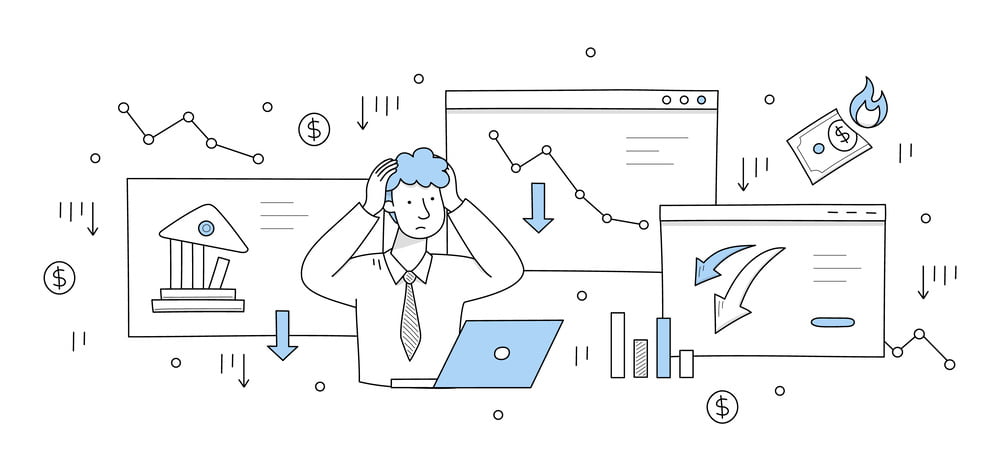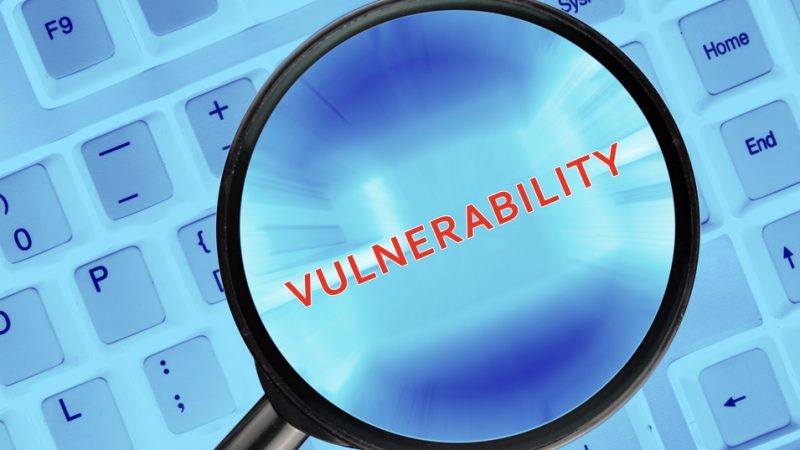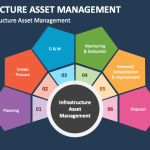Asset management is an integral part of any business, large or small. Companies can encounter various issues that can impact their operations and profitability without proper management. This article will discuss the top problems caused by poor asset management and how businesses can avoid them. We’ll explore some common concerns that can arise, such as diminished productivity, reduced customer satisfaction, and financial losses. By the end of this article, you should better understand the risks associated with inadequate asset management and how to mitigate them.
Related article: Solar Asset Management: The Complete Guide in 2023
Problems due to poor asset management
Asset management refers to effectively managing an organization’s assets, including physical assets such as equipment, buildings, and infrastructure, as well as non-physical assets such as intellectual property and financial assets. Poor asset management can lead to a range of problems, including:

- Reduced efficiency and productivity: When assets are not properly maintained, they are more likely to break down or malfunction, resulting in unplanned downtime and decreased productivity. It can be especially problematic for critical assets necessary for daily operations.
- Increased maintenance and repair costs: Poor asset management can lead to higher maintenance and repair costs due to neglect or delayed maintenance. It can significantly drain an organization’s resources, especially if repairs or replacements are required on short notice.
- Safety hazards: Poorly maintained assets can pose safety risks to employees and customers. For example, faulty electrical equipment can cause electrical shocks or fires, and malfunctioning machinery can result in accidents.
- Compliance issues: Many industries have regulations requiring specific asset maintenance or safety standards. Poor asset management can result in non-compliance, leading to fines or legal consequences.
- Reduced asset lifespan: Neglecting assets can reduce lifespan, resulting in premature replacements and increased capital expenditures.
- Inaccurate financial reporting: Assets are often essential items on an organization’s balance sheet. Poor asset management can result in false financial reporting, negatively affecting the organization’s financial health and credibility.
Poor asset management can have a range of negative impacts on an organization’s operations, finances, and reputation. Establishing effective asset management practices is crucial to avoid these problems and ensure that assets are properly maintained and utilized.
Risks due to poor IT Asset Management
Poor IT asset management can seriously affect businesses, including financial losses, decreased productivity, security vulnerabilities, and regulatory compliance issues. Here are some of the risks associated with poor IT asset management:
Financial losses
Poor IT asset management can lead to unnecessary expenses and budget overruns. Without an accurate inventory of IT assets, tracking software licenses, hardware warranties, and maintenance contracts is problematic, resulting in duplication of assets and unnecessary spending.

- Asset depreciation: IT assets such as computers, servers, and software can quickly lose value. Without proper asset tracking and management, organizations may be unable to track depreciation accurately, leading to inaccurate financial statements and potential tax implications.
- Inefficient use of assets: Poor IT asset management can result in inefficient use of assets, such as underutilization or overutilization. Underutilization can lead to wasted resources and increased costs, while overutilization can result in higher maintenance costs and potential breakdowns.
- Security breaches: IT asset management is crucial for ensuring the security of an organization’s digital assets. Failure to properly manage assets can lead to security breaches, resulting in financial losses due to the theft of sensitive data or intellectual property.
- Licensing compliance: Software licenses can be complex and challenging to manage, leading to potential licensing violations and fines. Poor IT asset management can result in unlicensed software, leading to financial penalties.
- Maintenance and repair costs: Without proper tracking and management of IT assets, maintenance and repair costs can quickly add up, especially for aging assets requiring more frequent repairs or upgrades.
- Lost or stolen assets: Poor IT asset management can lead to lost or stolen assets, resulting in financial losses due to replacement costs and potential data breaches.
Decreased productivity
IT assets such as computers, servers, and software play a critical role in the daily operations of most businesses. If these assets are not properly managed, they can become slow or outdated, decreasing productivity and efficiency.
- Downtime: If IT assets are not properly maintained and managed, they can break down or malfunction, leading to costly downtime. Downtime can result in a loss of productivity, as employees may not be able to perform their tasks or access the necessary resources.
- Slow performance: Aging hardware and software can become slower, causing task completion delays. Additionally, poorly maintained software can be prone to crashes and errors, requiring time-consuming troubleshooting and repair.
- Security risks: Outdated or unpatched software and hardware can be vulnerable to cyber-attacks and malware, putting sensitive data and systems at risk. It can lead to data breaches, loss of data, and damage to the organization’s reputation.
- Inefficient asset utilization: Poor IT asset management can result in the underutilization of assets, such as servers or storage devices. It can lead to wasted resources, increased energy costs, and inefficient workflows.
- Increased support costs: Poor IT asset management can increase support costs as the IT team spends more time troubleshooting and repairing issues. It can also result in longer response times to support requests, impacting productivity.
Security vulnerabilities
Poor IT asset management can leave businesses vulnerable to cyberattacks and data breaches. Unpatched software, outdated hardware, and misconfigured devices can create vulnerabilities that hackers can exploit.

- Unauthorized access: Poor asset management can lead to unmonitored access to the network, systems, and applications. It can give unauthorized users access to sensitive information, which can lead to data theft, manipulation, or loss.
- Malware and viruses: Poor asset management can lead to outdated software, unpatched systems, and unsecured endpoints, making it easier for attackers to exploit vulnerabilities and introduce malware or viruses.
- Data leakage: Poor asset management can lead to unsecured storage of sensitive data, such as user credentials, financial information, or intellectual property. It can lead to data leakage, exposing data to unauthorized individuals, either intentionally or unintentionally.
- Theft or loss of assets: Poor asset management can lead to lost or stolen assets, such as laptops, mobile devices, or storage devices. It can expose sensitive data to external threats, which can lead to data breaches.
- Insider threats: Poor asset management can also create insider threats, where employees or contractors with access to sensitive data can misuse or abuse their privileges. This can lead to data breaches, theft, or sabotage.
Compliance issues
Many businesses are subject to regulatory compliance requirements that require them to maintain accurate records of their IT assets. Failure to comply with these regulations can result in fines and legal penalties.
- Licensing violations: Many software products have licensing agreements restricting the number of installations or software usage. Poor IT asset management can result in unauthorized installations or software usage, leading to licensing violations and hefty fines.
- Security risks: Poor IT asset management can result in inadequate security measures, such as outdated antivirus software, weak passwords, or unpatched software. It can create security vulnerabilities that cybercriminals can exploit, resulting in data breaches and other security incidents.
- Data privacy violations: Poor IT asset management can result in the mishandling of sensitive data, such as personal information, financial data, or intellectual property. It can result in data privacy violations and legal penalties.
- Regulatory non-compliance: Many industries have regulatory requirements that dictate how IT assets should be managed, such as HIPAA in healthcare or PCI DSS in the payment card industry. Poor IT asset management can result in non-compliance with these regulations, leading to fines, legal action, and reputational damage.
- Asset tracking and disposal issues: Poor IT asset management can result in inaccurate tracking of IT assets, including their location, usage, and disposal. It can cause difficulties in managing and disposing of IT assets properly, resulting in environmental and legal issues.
Reputation damage
Poor IT asset management can damage a business’s reputation with customers, partners, and investors. Data breaches, system failures, and other IT-related issues can all erode customer trust and confidence in a business.

- If an organization fails to manage its IT assets properly, it may experience various problems, including security breaches, data loss, downtime, and compliance violations. These issues can have serious consequences, including financial losses, legal liabilities, and damage to the organization’s reputation.
- If customer data is compromised due to poor IT asset management practices, it can lead to a loss of trust and confidence among customers. This loss of trust can result in reduced sales, negative publicity, and legal action against the organization. Similarly, if an organization experiences significant downtime due to IT asset management issues, it can generate negative publicity and a loss of customer confidence.
In today’s digital age, where data privacy and security are paramount, reputation damage due to poor IT asset management can have long-lasting consequences. Therefore, organizations must implement effective IT asset management practices to protect their data and maintain their reputation.
How to mitigate the risks of poor asset management?
Here are some ways to mitigate these risks:
- Conduct regular audits: Regular audits of your assets can help you identify any inefficiencies or compliance issues. This will allow you to take corrective action before the problems become more severe.
- Develop a comprehensive asset management plan: Develop a plan that outlines your organization’s policies, procedures, and controls for managing assets. The plan should include guidelines for procurement, storage, maintenance, and disposal of assets.
- Implement an asset tracking system: An asset tracking system can help you keep track of all your assets, including their location, condition, and value. It will help you identify any missing or stolen assets and enable you to take corrective action.
- Train your employees: Provide your employees with training on how to use and maintain the assets. It will help them understand the importance of proper asset management and reduce the risk of human error.
- Establish a risk management framework: Establish a framework that identifies and assesses potential risks associated with asset management, enabling you to develop strategies for mitigating those risks.
- Use technology: Utilize asset management software and other tools to automate and streamline your asset management processes to reduce the risk of errors and improve the efficiency of your asset management operations.
- Monitor and evaluate: Monitor and evaluate your asset management practices regularly to ensure they are effective and efficient. It will help you identify areas for improvement and make necessary adjustments to your asset management plan.
Related article: Barcode Technology in Healthcare Industry 2023
Final Note

Businesses across industries must prioritize IT asset management to avoid risks. By implementing effective IT asset management tools with advanced technology, and best practices, companies can reduce costs, improve productivity, enhance security, comply with regulations, and protect their reputation. An efficient asset management system is imperative to remain competitive in today’s digital-first era.























